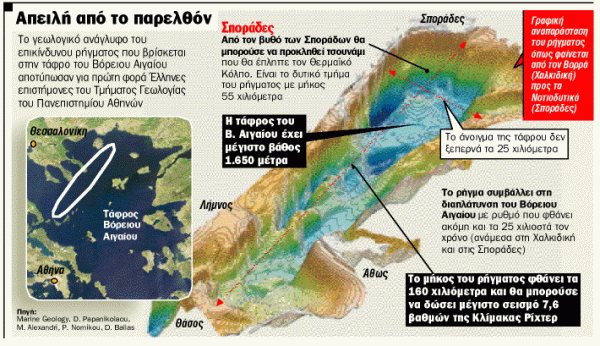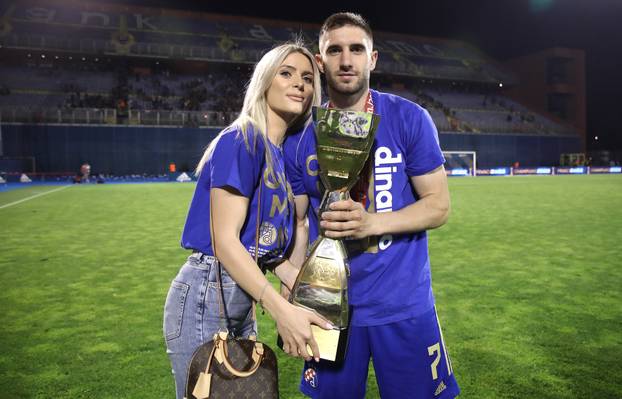Julie Losanda: « In the band, in the band, it passes … »

Julio Losanda has understood his position in a way that transcends time and generations. The charismatic Uruguayan was not just another foreign footballer who played at Olympiacos. He was a creator, a stadium artist, one of the players who embodied the passion, the refinement and the magic that accompany the name of the Piraeus team.
He joined Olympiacos in 1972, during the presidency of Nikos Goulandris, then as a homogeneous player. He then served in the Greek army. He remained in the Piraeus Association for a whole decade, until 1982, struggling with passion and dedication. He lived everything. From triumph to the most difficult times in the end of that decade. It became a Greek and synonym of Olympiacos.
It was the time when football was more based on inspiration than on numbers and Losanda was the epitome of this philosophy. With a look full of confidence, he carried a special football intelligence, a air movement and a sense of the game that few could imitate. Olympiacos of the 1970s found on his face the maestro who would give rhythm to one of the most impressive sets of Greek football.
Its natural position was on the right side of the stadium, where it stood out for its excellent technical training and skill. Despite his small stature (just 1.62m), his militancy made him particularly dear to Olympiacos fans, who were depositing him with the slogan: « In the band, in the band, Losanda passes. » He was stuck with him from his first minutes with the red -white, a friendly with Leeds.
They talk about him with awe. As if it is a great musician or painter. Julie Losanda was obviously an artist. With a ball
Goal and spectacle
During his tenure at Olympiacos he wrote a story with 314 appearances in all competitions, of which 151 in the league, scoring a total of 30 goals. He managed to win five championships of Greece (1972-73, 1973-74, 1974-75, 1979-80, 1981-82) and two Greek Cups (1972-73, 1974-75). In the history of the club, he remains the second foreign player with the most participation, with only Predrag Djordjevic overcoming him.
A child of the legendary pennies, one of the largest football schools in South America, brought Uruguayan passion and power to Karaiskakis. The team was in a transitional stage as Nikos Goulandris had taken over the presidency and aiming to create an Olympic worthy of the leading European teams. The mudial (played with Uruguay in the 1970s world), Losanda arrived along with other great units, such as Triantafyllos, Argyroudis and Viera and immediately became one of the main pieces of the football engine made by its president.
Olympiacos of that time was not just a champion, but an artistic expression of football. Losanda, as the creative mind of the team, gave rhythm, vision and imagination to the game. He was the player who could dismantle the defenses with a magical pass, an excellent dribble, to guide the game with his intelligence and technique. A key gear of the legend became one with the world and their history. Goal and spectacle with every match being a football festival.
Like the one with the mythical 11-0 against Fostiras. The top score in the First National. Losanda and his teammates never forgot that day that he stayed in the record book forever.

Elegance with the ball on the feet. Able to dismantle the defenses with a magic pass, a wonderful dribble. To guide the game
The… drum for the premium
Nikos Goulandris had a special way of giving the Olympic players a premium, often making them … plates with the bonuses he offered. Prior to that match he had set an original term for the monetary bonus. Specifically, he announced to the team that he would give a certain amount if they won a goal. Beyond that, for each extra two goals they would score, the bonus would double. However, there was an unusual limitation: If the final score was a yoke, then the players would get nothing!
For example, if they won 1-0, they would receive a certain amount. If the score was 2-0, they would get nothing. At 3-0, the amount would double, at 4-0 again, at 5-0 doubles and so on. The same pattern continued, with the bonus growing exponentially every time the score was an unnecessary number. During the match, Olympiacos led 9-0 and the players started discussing if they had to try for another goal or stop there, as if the score was 10-0, they would lose all the money!
Eventually, they decided to continue and scored 11 goals, securing a strikingly big bonus from Goulandris, as well as a place in history for the top offensive performance in a big -class match in Greece.
At noon on March 3, 1974, Losand had not played since the late Lakis Petropoulos made no changes to fit some of the 19 internationals that Olympiacos had at the time. Piraeus machine guns ended that year with 102 goals attack and only 14 passive plus 58 series undefeated. Myth with the protagonist.
Blessing
Julio was not just a good midfielder. It was the link between the axis and the attack, a player who knew how to read the game and shape it as he wanted. With an incredible comfort in the ball reception, a unique touch and the ability to predict the evolution of the phase before it even formed, Losanda seemed to see football in another dimension.
His name became synonymous with his success and creativity and style was a blessing for his teammates and a nightmare for opponents. The way he was moving in the space, his elegance with the ball on his feet and his ability to perform a precise foul and distant balls made him a footballer in front of his time. At a time when Greek football was mainly based on power and intensity, Losanda brought a different approach, a football culture that reminded the great talents of Latin America.
314 appearances in all events. In the history of the club, he remains the second foreign player with the most entries, with only Predrag Djordjevic overcoming him
Artist
For the world of Olympiacos, Losanda was not a mere player. He was a football artist who had the legendary star, a creator who made football look like art. When they talk about him, they talk with awe, as if he was a great musician or painter.
It was not only the titles, nor the goals. It was the way football made it look easy, the way he gave smiles to the fans and inspiration to his teammates.
The figure of Julio Daniel Losada (the pronunciation of his surname in Spanish) looks like a sweet nostalgia. It belongs to those players who played with heart, with instinct, with imagination. It belongs to a time when players were not just professional, but romantic ball lovers.
For the younger ones, Julio Losanda can be a name from the past. For the older ones, however, it is a myth, a symbol of Olympiacos, a player who didn’t just play football, but painted it with his moves.








